The White House has confirmed an extension of the deadline for a new round of “reciprocal” tariffs, giving trading partners until August 1 to reach updated agreements with the United States.
On Monday, President Donald Trump published letters addressed to leaders of Japan and South Korea warning that the U.S. intends to implement a 25% tariff on imports from both countries starting August 1 unless new terms are reached. South Africa would face a 30% tariff, and similar measures are planned for 11 other countries.
The tariffs largely align with rates first announced during Trump’s April 2 remarks, which initially caused significant market volatility. The measures were partially paused to allow time for trade talks, with the original deadline set for July 9. So far, the administration has concluded three trade agreements — with the United Kingdom, China, and Vietnam — while talks continue with other major partners.
Trump signaled that while the letters represent his “more or less final offer,” some adjustments are possible if countries propose alternatives he considers acceptable. He added that the U.S. is close to finalizing a deal with India.
According to an executive order released Monday, the updated tariffs will now take effect shortly after midnight on August 1. The White House said the delay was based on new information and recommendations from senior officials, including updates on negotiations with trading partners.
The scope of the tariff threat impacted markets despite the new implementation timeline. The S&P 500 ended Monday down by 0.8%, while Asian markets showed mixed performance in early trading. Financial analysts at JPMorgan described the move as a reminder that the risks for trade remain tilted toward higher tariffs rather than lower ones.
The updated list outlines rates for 14 countries, including:
- Bangladesh: 35%
- Bosnia and Herzegovina: 30%
- Cambodia: 36%
- Indonesia: 32%
- Japan: 25%
- Kazakhstan: 25%
- Laos: 40%
- Malaysia: 25%
- Myanmar: 40%
- Serbia: 35%
- South Africa: 30%
- South Korea: 25%
- Thailand: 36%
- Tunisia: 25%
Trump’s letters argued that U.S. trade deficits with these countries present a challenge for the domestic economy. He noted that if a trading partner raises its own tariffs in response, the U.S. will add that increase on top of the new rates. However, he also indicated the possibility of downward adjustments if markets are opened further to U.S. products.
In Japan, officials said Prime Minister Shigeru Ishiba would convene an urgent meeting of the country’s trade task force to address the new developments.
The new reciprocal tariffs would be separate from existing sectoral duties on autos, auto parts, steel, and aluminum, which already face tariffs of 25% and 50% respectively. Other national security-related trade probes remain active and could lead to additional tariffs on products like aerospace, pharmaceuticals, and electronics.
In Europe, the EU is expected to sign a temporary arrangement with the U.S. this week to keep tariffs on certain goods at 10% while discussions continue. EU Trade Commissioner Maroš Šefčovič told member states that talks also aim to reduce vehicle tariffs from 25%, but noted that there is no clear plan yet to lower the current 50% tariff on steel.
Meanwhile, trade negotiations with Japan have included proposals for increased purchases of U.S. energy and agricultural goods. Japan is seeking an exemption from the auto tariffs, but no agreement has been reached so far. U.S. discussions with South Korea have faced delays due to recent political changes in Seoul.
The administration’s position remains that additional tariff measures may be adjusted based on the final outcome of ongoing talks.
#SupplyChainNews #TradePolicy #TariffsUpdate #GlobalTrade #NewsUpdate

















